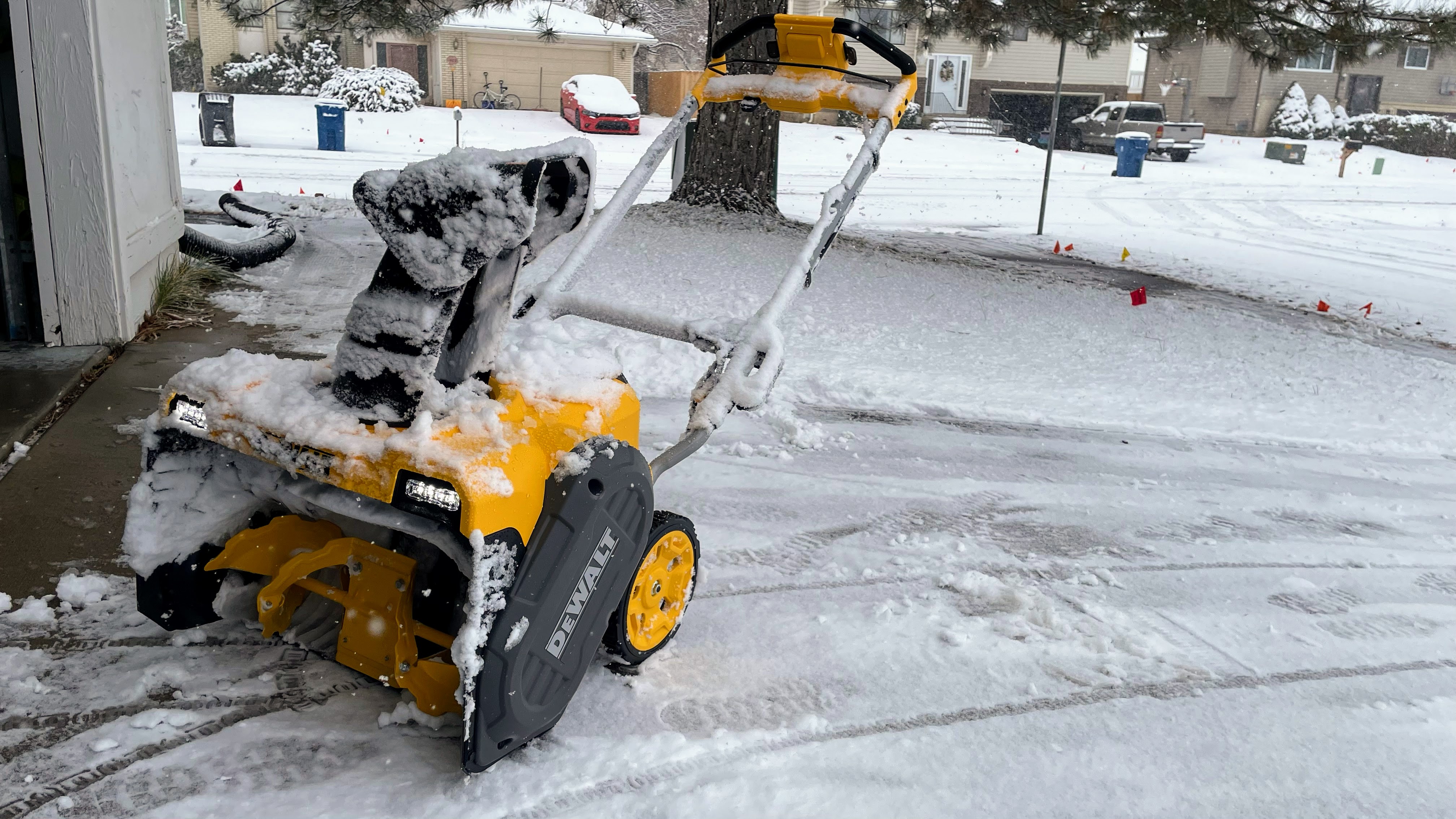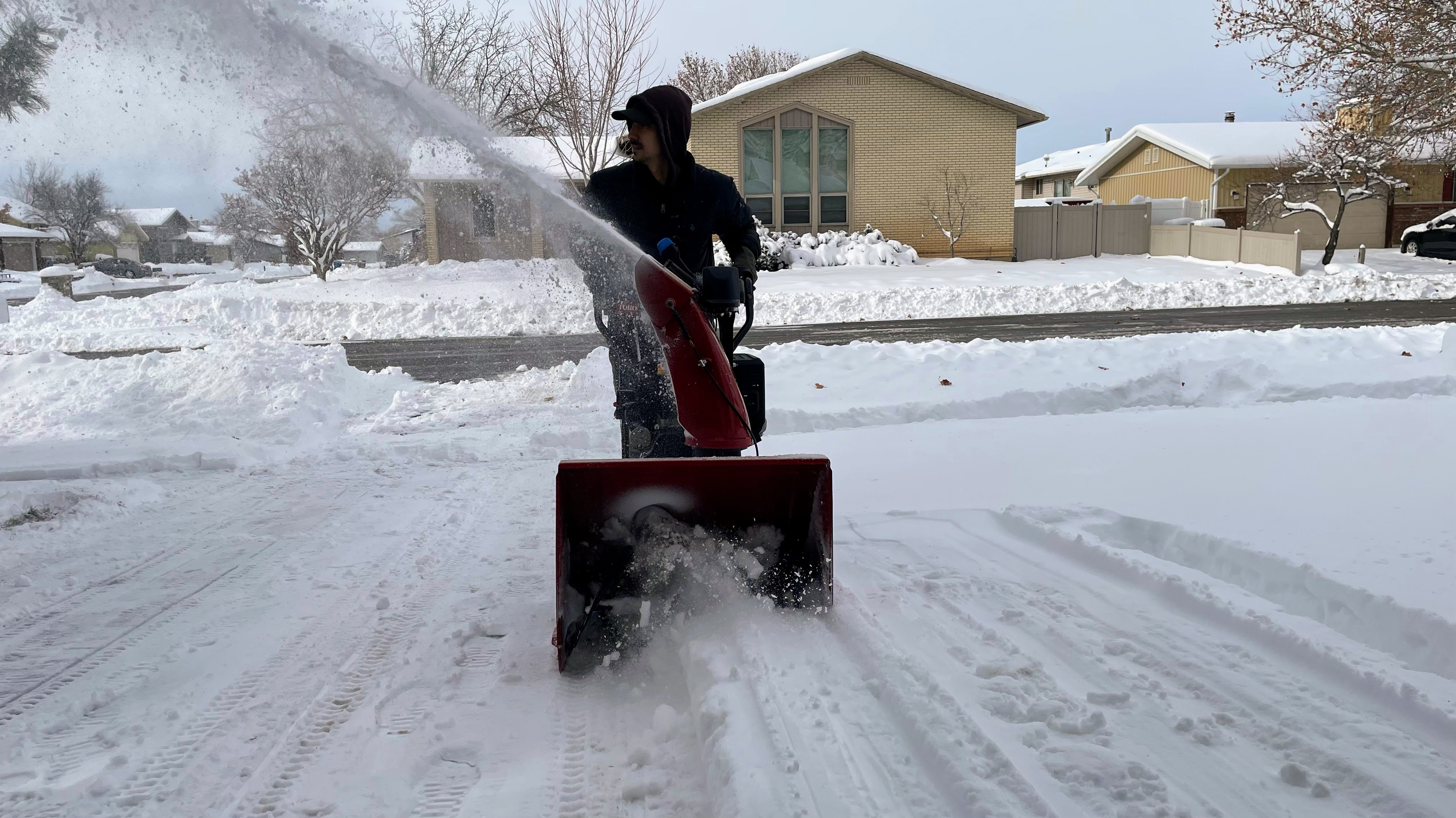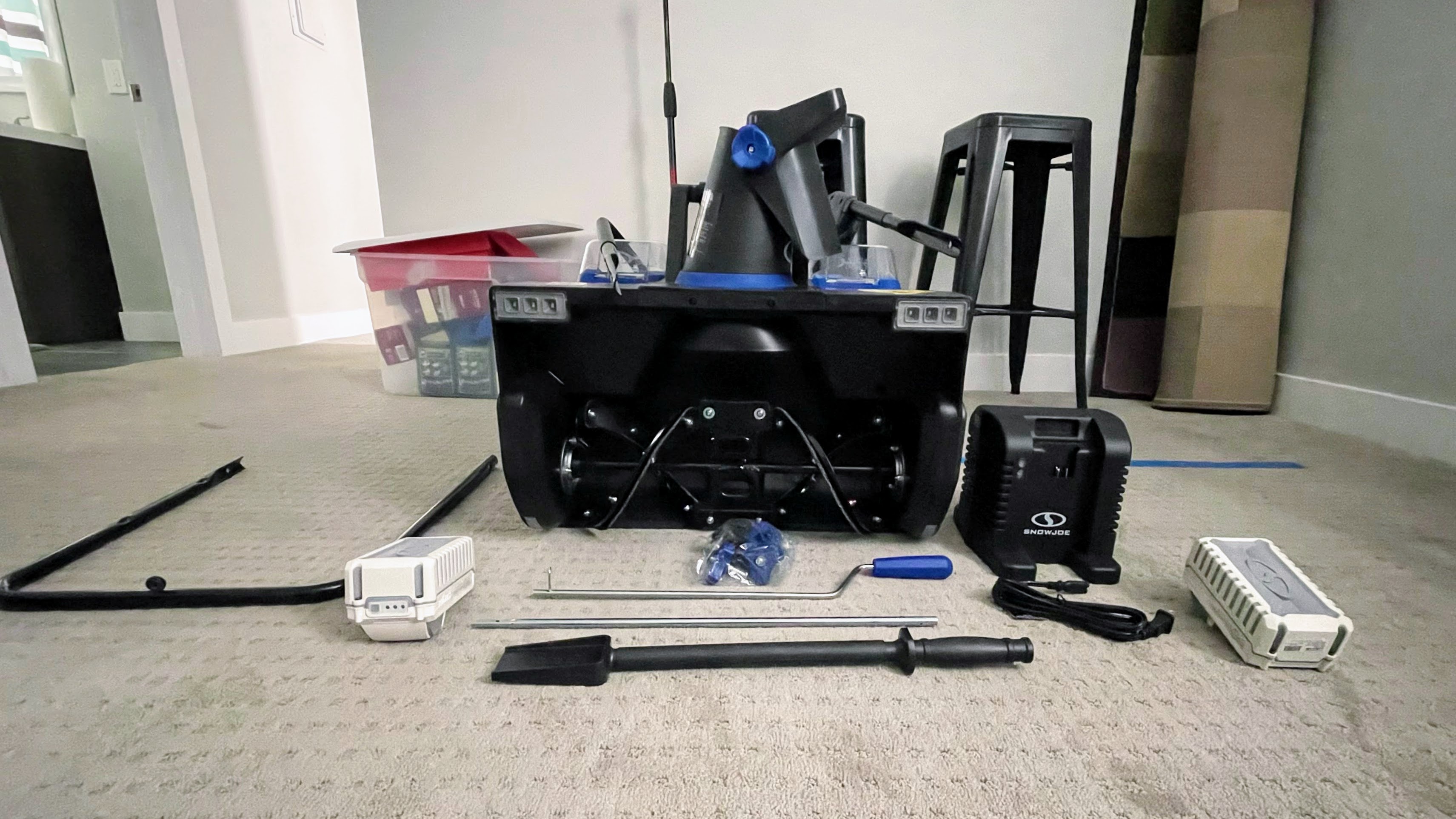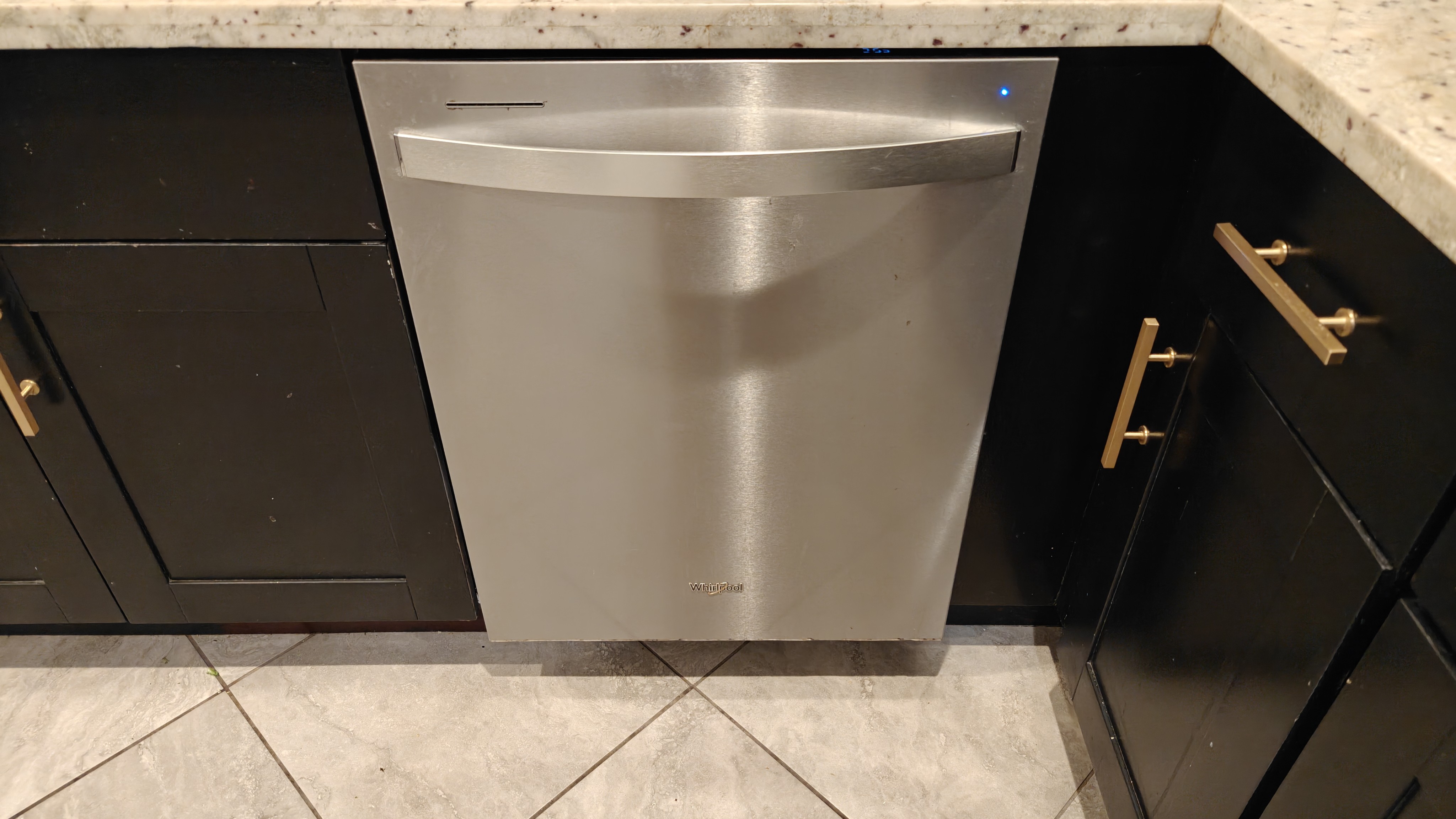How much should you spend on a snowblower? It might be less than you think
You might not need the biggest, best, and most expensive to clear snow this winter.

Winter is right around the corner, and of course, that means we need to start thinking about snowfall and snow removal. If you don’t have much property to worry about, you may be able to get by with just a simple snow shovel. But, quite frankly, shoveling snow is a lot of manual labor. We all know that snow can pile up and get overwhelming quickly when heavy stuff starts to fall in the dead of winter. A snow blower can be a blessing instead of doing the back-breaking work manually.
If you’re reading this article, you probably don’t have a snow blower – but we can help you find one. We’ve tested the best snow blowers to see which ones are great for maximum snow removal. But, as the subtitle reads, you might not need the most expensive, heavy-duty snow blower available. A single-stage, battery-powered snow blower is more than sufficiently powered for smaller properties, whereas a two-stage snow blower might be overkill. But more on that shortly.
In this guide, we’ll help you find the sweet spot between cost, power, and efficiency so you know exactly how much you should spend on a snow blower this winter.

Gene Caballero co-founded GreenPal, which specializes in lawn care and snow removal. In addition to running a successful business, Gene has an MBA and has been a corporate sales coach for Fortune 500 companies.
How large is the area you're clearing?
First things first: Before you can determine how much you should spend on a snow blower, you need to evaluate your snow removal needs. The price of a snow blower largely depends on its type (single vs. two-stage), size (clearing width), and power (generally related to engine power but also gas vs. battery). Before making a purchase, let’s first talk about how much snow must be removed.
According to Gene Caballero, co-founder of GreenPal, “When looking to buy a snow blower, one has to consider the size of the area you need to clear.” If you only have a small walkway or a single-car driveway, you probably don’t need a powerful two-stage, gas-powered snow blower. Instead, a single-stage snow blower should do the trick.
You may be asking, what’s the difference between a single-stage and two-stage snow blower? The TL;DR version: a single-stage snow blower lifts and throws snow with its auger in one motion. A two-stage snow blower has a separate fan (impeller) that helps toss snow farther than a single-stage. “Single-stage snow blowers are the best choice for smaller driveways and light snowfall. They work by scooping and throwing snow in one motion but struggle with packed, wet, and heavy snow,” said Caballero on the difference between the two styles of machines. “Two-stage blowers are best for larger areas and heavier snow and are mostly used commercially. They have a drill to break up the snow and an impeller to throw it—handling larger and deeper amounts of snow better,” Caballero explained.
Single-stage snow blowers are the most affordable option, typically ranging from $200 to $600. Depending on the brand and features, prices for two-stage snow blowers generally range from $600 to $1,500.
Sign up to receive the latest news, reviews, buying guides and deals direct to your inbox

Yaeir Moinzadeh is an MHIC-licensed contractor and owner of Blue Rise Baltimore Roofing. He’s been in the construction business for several years and, being in the Baltimore area, has to do a fair share of snow removal on many of the properties he works at.
Consider your area's average snowfall
Yaier Moinzadeh, owner of Bluerise Baltimore Roofing, said, " When purchasing a new snow blower, consider the snowfall you typically receive. For light to moderate snow (mostly up to 6 inches), a single-stage snow blower should work just fine. If you need to clear heavy snow on a regular basis (6-to-18 inches), then you'll want a two-stage snow blower. Check your area's average annual snowfall to help determine which type is best for you.”
Some areas on the West Coast only get a few inches of snow per snowfall and are ideal candidates for single-stage snow blowers. The light, less wet snow isn’t heavy and can easily be picked up and tossed (as long as you don’t let it pile up beyond six inches). For East Coast snowfall, snow that is generally wetter, heavier, and piles up faster, a two-stage snow blower might be the better bet.

What features might you need
As with anything from blenders to cars to snow blowers, more available features mean you’ll be spending more money. Here are a few of the features you’ll find on snow blowers that can make snow removal more convenient:
Electric Start: Many battery-powered snow blowers have a push-button start. This eliminates the need for manual pulling on a cord to make the engine start, making it easier to start in cold weather. It also eliminates the need to mess with gas and the maintenance of a gas engine.
Adjustable Chute Control: This allows you to direct the snow where you want it to go. Higher-priced snow blowers will have a chute control on the main handle, so you don’t have to start and stop the engine to adjust the chute's direction. With less expensive snow blowers, you have to manually adjust the chute with a twist lever and adjust the height of the chute on the chute itself.
Self-Propulsion: Reduces the effort needed to push the snow blower, especially on inclined surfaces. This is essential for two-stage snow blowers.
Reviews
Whirlpool 24" Stainless Steel AI Dishwasher Review
Napoleon TravelQ PRO285 Portable Gas Grill review
Dreame L40 Ultra Robot Vacuum Cleaner and Mop review: almost hands-free cleaning
GE Profile Smart Mixer with Auto Sense review: a powerful, thorough mixer
Echo eForce DPB-2500 review: a leaf blower as a snow removal tool?
DPAS-2100 + Pro Paddle Attachment review: a new way to remove snow this winter?
Midea MAD53109APK 5.5QT Air Fryer review: a small, simple, and highly effective option
Eureka J15 Pro Ultra Robot Vacuum review: hands-free cleaning for busy families
Clearing Width: The wider the clearing path, the more snow you can remove in a single pass. Wider mouths mean less time clearing snow.
These features can add to the cost, but they often make a significant difference in ease of use. When asked about features, Moinzadeh mentioned, “Check the availability of such features as electric start, adjustable chute control, and self-propulsion to make the execution of your snow-clearing tasks easier and more comfortable.”

How much should you spend on a snow blower?
It truly depends on your specific needs, the size of the area you need to clear, and the average snowfall in your region. Single-stage models are easier on the wallet (usually between $200-$600) and ideal for light snow. On the other hand, two-stage blowers offer more power for those dealing with heavier conditions and are better for picking up more snow and throwing it farther. Contrary to single-stage snow blowers, they are on the upper end of the price spectrum, many of them costing around and above $1,000.
You can save yourself a lot of physical labor and time with a snow blower this winter. Just know you don’t have to get the most expensive one with the most bells and whistles. Ultimately, let your needs determine how much you spend.

With a Bachelor's Degree in Communications and Media from Weber State University, Jonathan Knoder is all about Smart Home and AV tech. He currently works as a Content Manager for AvantGuard Monitoring Centers in Utah. Jonathan has written extensively and at great length about yard care and snow blowers for Top Ten Reviews, and this is his subject area.
